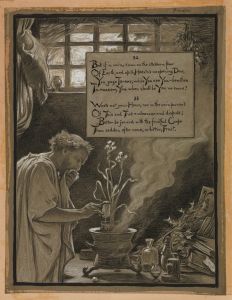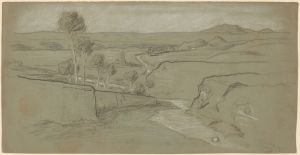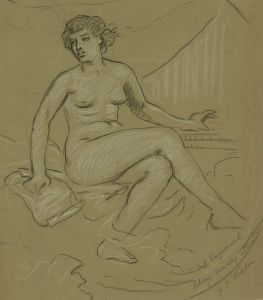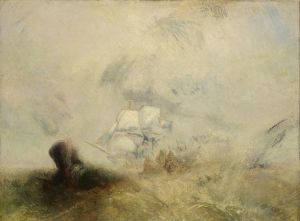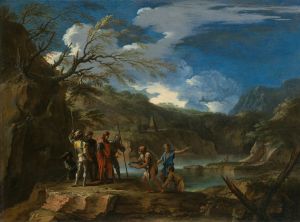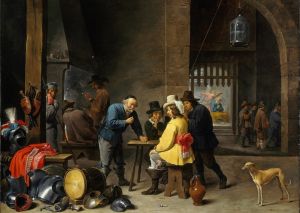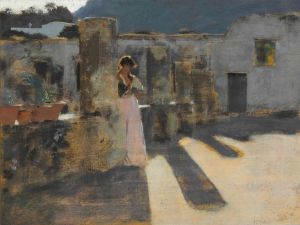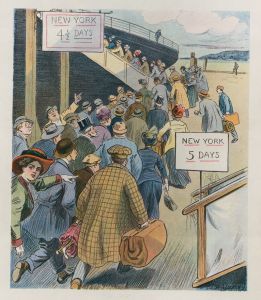
Storm in Umbria
A hand-painted replica of Elihu Vedder’s masterpiece Storm in Umbria, meticulously crafted by professional artists to capture the true essence of the original. Each piece is created with museum-quality canvas and rare mineral pigments, carefully painted by experienced artists with delicate brushstrokes and rich, layered colors to perfectly recreate the texture of the original artwork. Unlike machine-printed reproductions, this hand-painted version brings the painting to life, infused with the artist’s emotions and skill in every stroke. Whether for personal collection or home decoration, it instantly elevates the artistic atmosphere of any space.
Elihu Vedder, an American symbolist painter, created "Storm in Umbria" during the late 19th century. Vedder was known for his mystical and allegorical works, often drawing inspiration from literature, mythology, and his travels. Born in New York City in 1836, Vedder spent a significant portion of his life in Italy, where he found much of his artistic inspiration. His time in Italy, particularly in the region of Umbria, influenced many of his works, including "Storm in Umbria."
"Storm in Umbria" captures the dramatic and tumultuous nature of a storm in the Italian countryside. Vedder's work often reflects his fascination with the natural world and its symbolic meanings, and this painting is no exception. The piece is characterized by its dynamic composition and the use of dark, swirling clouds that dominate the sky, suggesting the power and unpredictability of nature. The landscape below is rendered with a sense of movement and energy, as if the earth itself is responding to the tempest above.
Vedder's technique in "Storm in Umbria" showcases his skill in manipulating light and shadow to create a sense of depth and drama. The contrast between the dark storm clouds and the lighter areas of the landscape draws the viewer's eye across the canvas, emphasizing the scale and intensity of the storm. This use of chiaroscuro is a hallmark of Vedder's style, contributing to the emotional impact of the scene.
The painting reflects Vedder's interest in the themes of chaos and order, a common motif in his work. The storm can be seen as a metaphor for the unpredictable forces of nature and the human experience, a subject that Vedder explored throughout his career. His ability to convey complex ideas through visual imagery is one of the reasons he is regarded as a significant figure in the symbolist movement.
"Storm in Umbria" is also notable for its reflection of Vedder's personal experiences and observations during his time in Italy. The Umbrian landscape, with its rolling hills and ancient architecture, provided a rich source of inspiration for Vedder, who was captivated by the region's beauty and history. This connection to place is evident in the painting's detailed depiction of the landscape, which serves as both a setting for the storm and a character in its own right.
While specific details about the creation and exhibition history of "Storm in Umbria" are limited, the painting remains an important example of Vedder's work and his contribution to the symbolist movement. It exemplifies his ability to blend realism with allegory, creating works that are both visually striking and intellectually engaging. Through "Storm in Umbria," Vedder invites viewers to contemplate the relationship between humanity and the natural world, a theme that continues to resonate in contemporary discussions of art and the environment.





